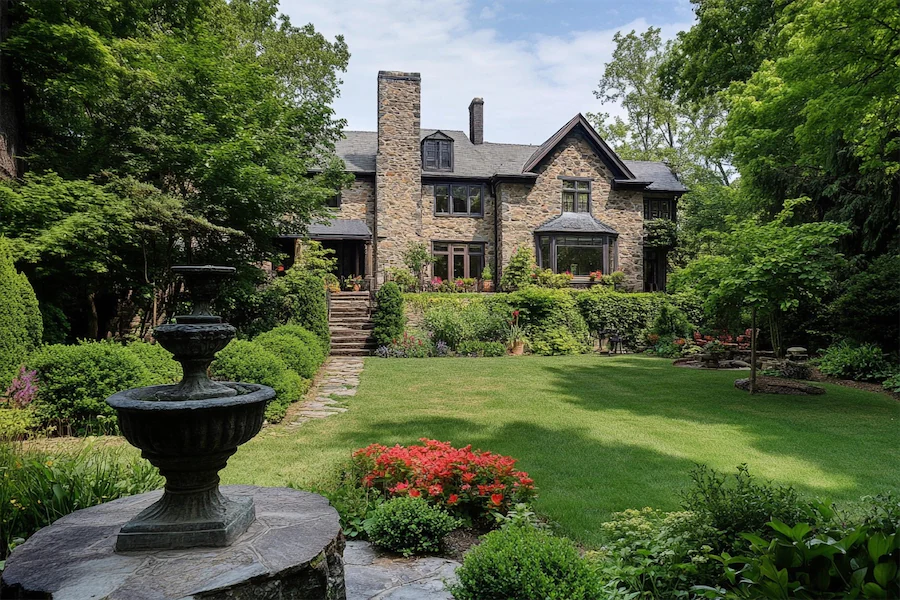Historic manor gardens are integral to the heritage of grand estates, reflecting the architectural styles and cultural values of their eras. These gardens often feature formal layouts, intricate topiary, and diverse plantings, serving as spaces for leisure, contemplation, and social gatherings.
History and Origins of Historic Manor Gardens
The tradition of manor gardens dates back to medieval Europe, where they were designed for both utility and pleasure. Over time, they evolved to showcase wealth and status, incorporating elements like parterres, terraces, and ornamental lakes. In the United Kingdom, many such gardens have been preserved and are open to the public, offering insights into historical landscaping practices.
Key Features of Historic Manor Gardens
- Formal Design: Symmetrical layouts with geometric patterns, often featuring hedges, pathways, and water features.
- Topiary and Sculptures: Artfully trimmed shrubs and trees, along with statues, add structure and artistic flair.
- Walled Gardens: Enclosed areas that create microclimates for growing delicate plants and provide privacy.
- Herbaceous Borders: Long stretches of mixed perennial plants offering seasonal color and texture.
Notable Historic Manor Gardens
- Hidcote Manor Garden: Located in Gloucestershire, England, Hidcote is renowned for its series of outdoor “rooms,” each with its own unique character and plantings. Created by Major Lawrence Johnston in the early 20th century, it is one of the most influential Arts and Crafts gardens in Britain.
- Pashley Manor Gardens: Situated on the border of Sussex and Kent, Pashley Manor features sweeping herbaceous borders, a historic walled garden, and a kitchen garden. The Grade I listed house serves as a stunning backdrop to the gardens, which are open to visitors seeking classic English garden experiences.
- Iford Manor Gardens: Nestled in the Frome valley in Wiltshire, England, Iford Manor Gardens are famed for their Italianate design, created by architect Harold Peto in the early 20th century. The gardens feature terraces, sculptures, and a cloister, reflecting Peto’s travels and design philosophy.
Applications of Historic Manor Gardens Today
Today, historic manor gardens serve multiple purposes:
- Tourism and Education: They attract visitors worldwide, offering educational programs about horticulture, history, and conservation.
- Cultural Events: Many gardens host events such as concerts, exhibitions, and festivals, utilizing the scenic landscapes as venues.
- Conservation: Efforts are made to preserve rare plant species and traditional gardening techniques within these historic settings.
Considerations When Visiting Historic Manor Gardens
- Seasonality: Flowering times and garden highlights vary throughout the year; check the best visiting times to experience peak blooms.
- Accessibility: Some gardens may have uneven terrain; it’s advisable to wear appropriate footwear and inquire about accessibility options if needed.
- Guided Tours: Participating in guided tours can enhance understanding of the garden’s history, design, and plantings.
Conclusion
Historic manor gardens offer a window into the past, showcasing the evolution of landscape design and the cultural significance of gardens in society. Visiting these gardens provides not only aesthetic pleasure but also educational insights into horticultural heritage.
